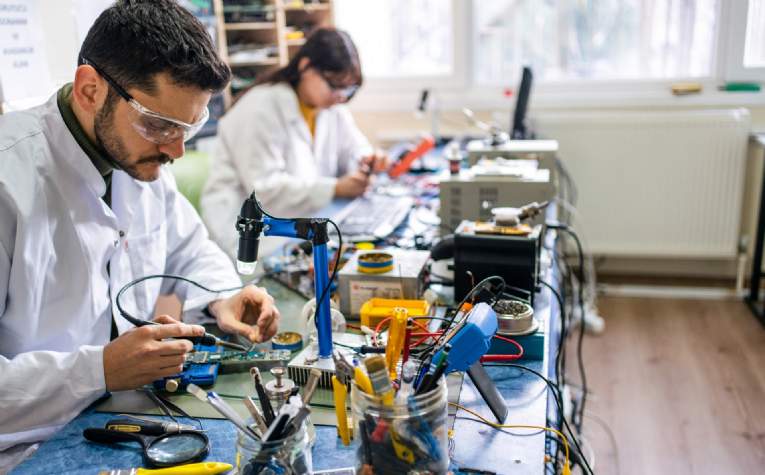The rapid rise of WeWork, probably the best known name in the Workspace as a Service (WaaS) and co-working sector, has led to many – both in and outside the industry – to think about traditional real estate challenges with a more open mind.
WaaS and other measures, such as hot-desking and agile working, are a response to virtually every office utilisation study in the last 30 years concluding that around 40 per cent of desks are unused – and therefore unprofitable – for much of the working day.
What WeWork and its peers offer over a more traditional commercial property lease is the ability for companies to occupy space for a short period and to adjust the amount needed on a more regular basis, minimising the risk of paying for excess space, but also allowing them to expand more quickly and easily.
The advantage for the customers of these facilities is not just flexibility, but also about community and services. Whether these are included as part of the lease or ‘pay as you go’, smaller businesses now have access to the facilities such as IT support, food and beverage services, conference rooms, healthcare and insurance, and training and education opportunities, that historically were the domain of much larger companies.
Not only does the concept of leasing your workspace only when you need it fit the way that people increasingly want to work, it also creates new income streams for owners of underutilised real-estate. Which is where higher education comes in.
WaaS has evolved to satisfy the corporate real estate managers who look out across their unused desks and shake their head. The same opportunity must be true for the estates director who sees underused student accommodation, lecture and seminar rooms and laboratories. But what’s new, you ask? Universities have always rented out bedrooms and lecture halls to the conference and convention market in vacations.
The main change is the rise of the intermediary applications such as Airbnb or Uber. It’s now much easier to match providers and customers, though no platform has yet emerged to do the same thing for education-related space.
The other major trend in the wider real estate world this ties into is the mixing of uses and amenities. Users of space are increasingly demanding more from the environments where they work. This is an area where universities can stand apart with their ranges of facilities that are virtually unique.
Whether it’s wellness-enhancing spaces such as playing fields and sports halls, medical support, or learning opportunities, we believe that universities which already have many of the facilities being demanded of attractive workplaces
While student and staff safety and security is, and always should be, the first concern of any HE institution considering sharing or renting facilities, we believe that the potential opportunity offered by the rise of WaaS is considerable.
The benefits need not only be financial: it may be as simple as improving community engagement or strengthening links with business. The first and most obvious question for any finance director or director of estates might be 'do I have any space that I can rent out on a short-term basis?', but the bigger and more interesting question is probably around how important a role the institution could play in satisfying a rising consumer need for experiences, health and wellbeing.
Further information
.jpg)


.jpg)
.jpg)
.jpg)
.jpg)
.jpg)
.jpg)
.jpg)
.jpg)